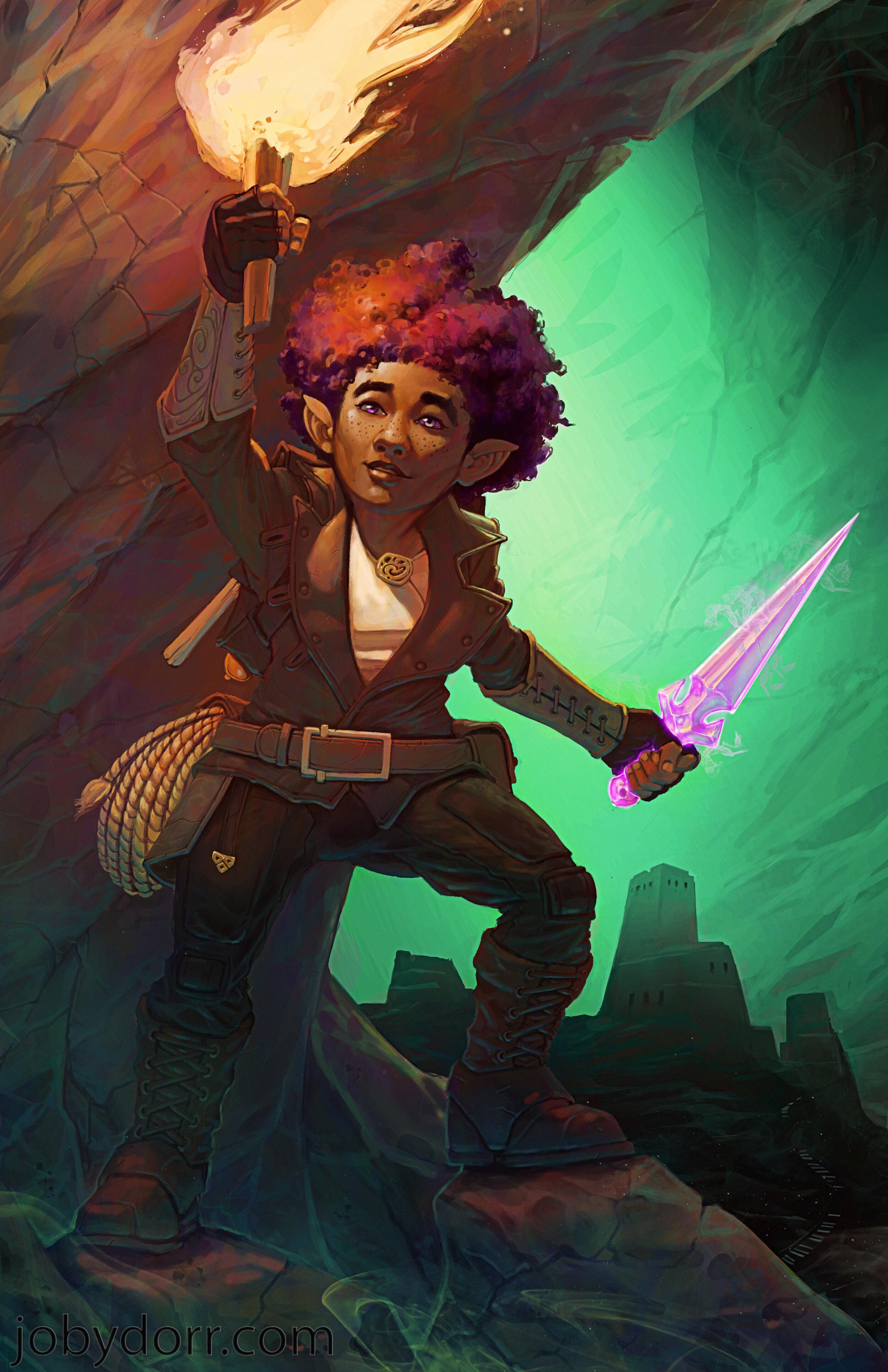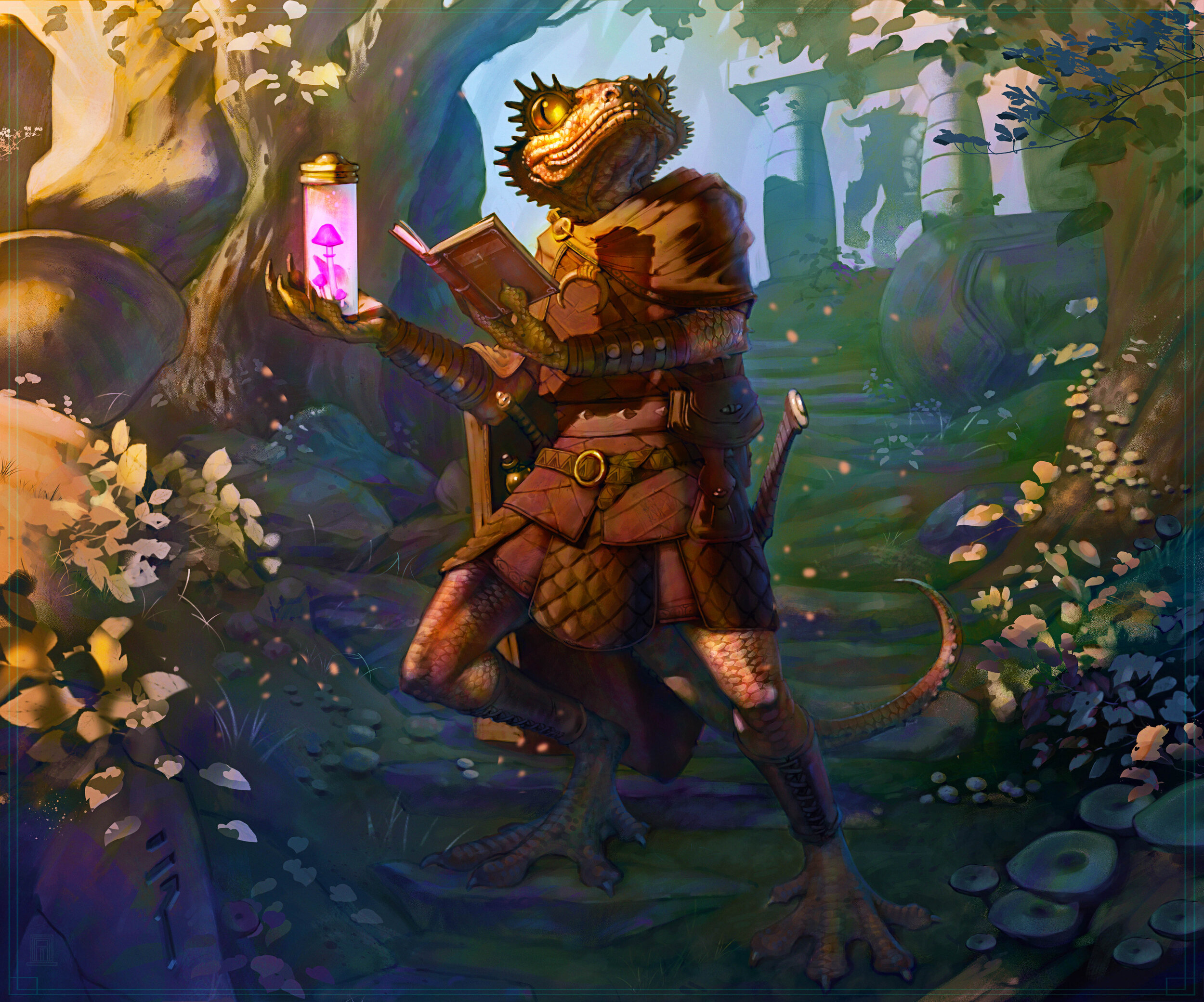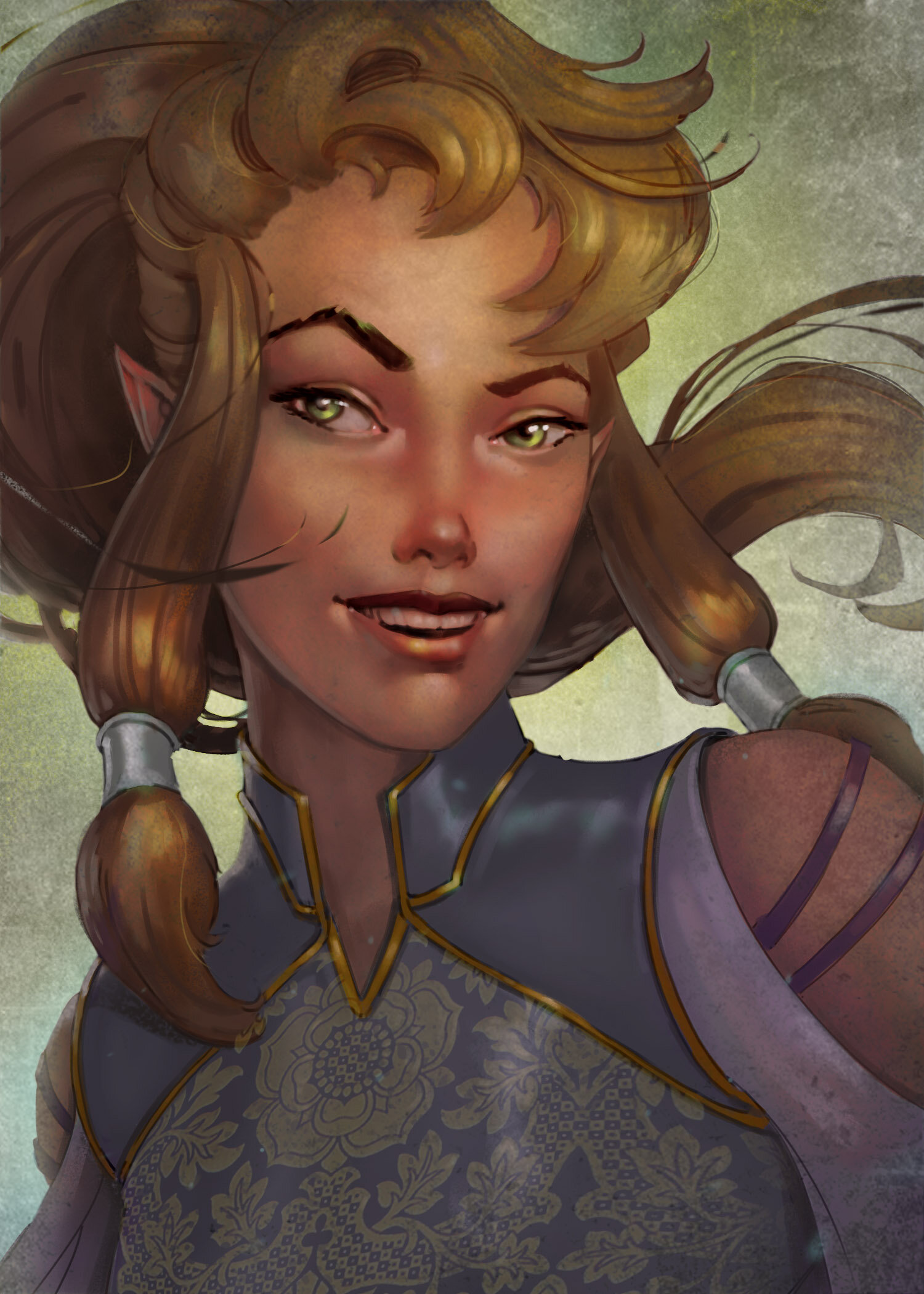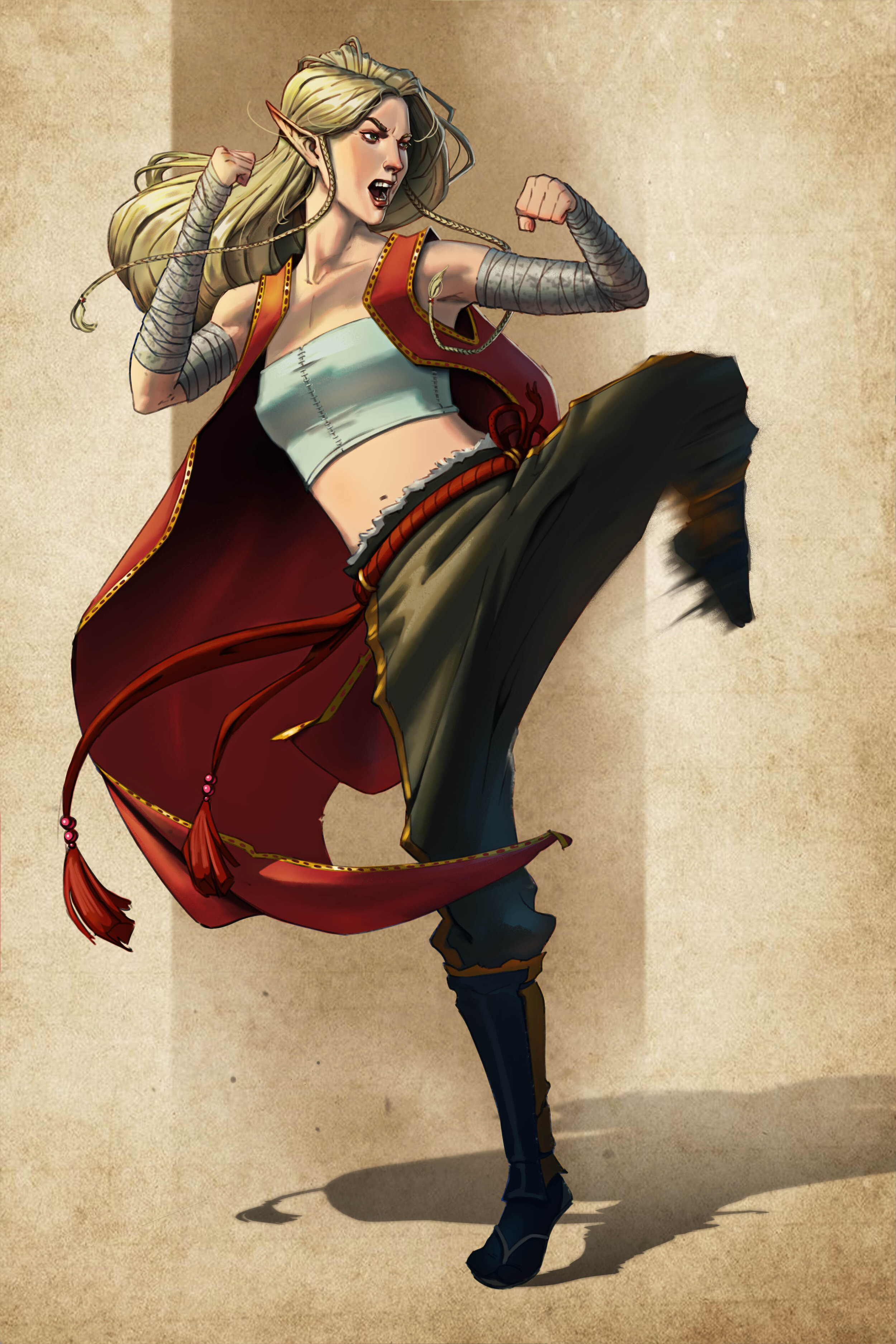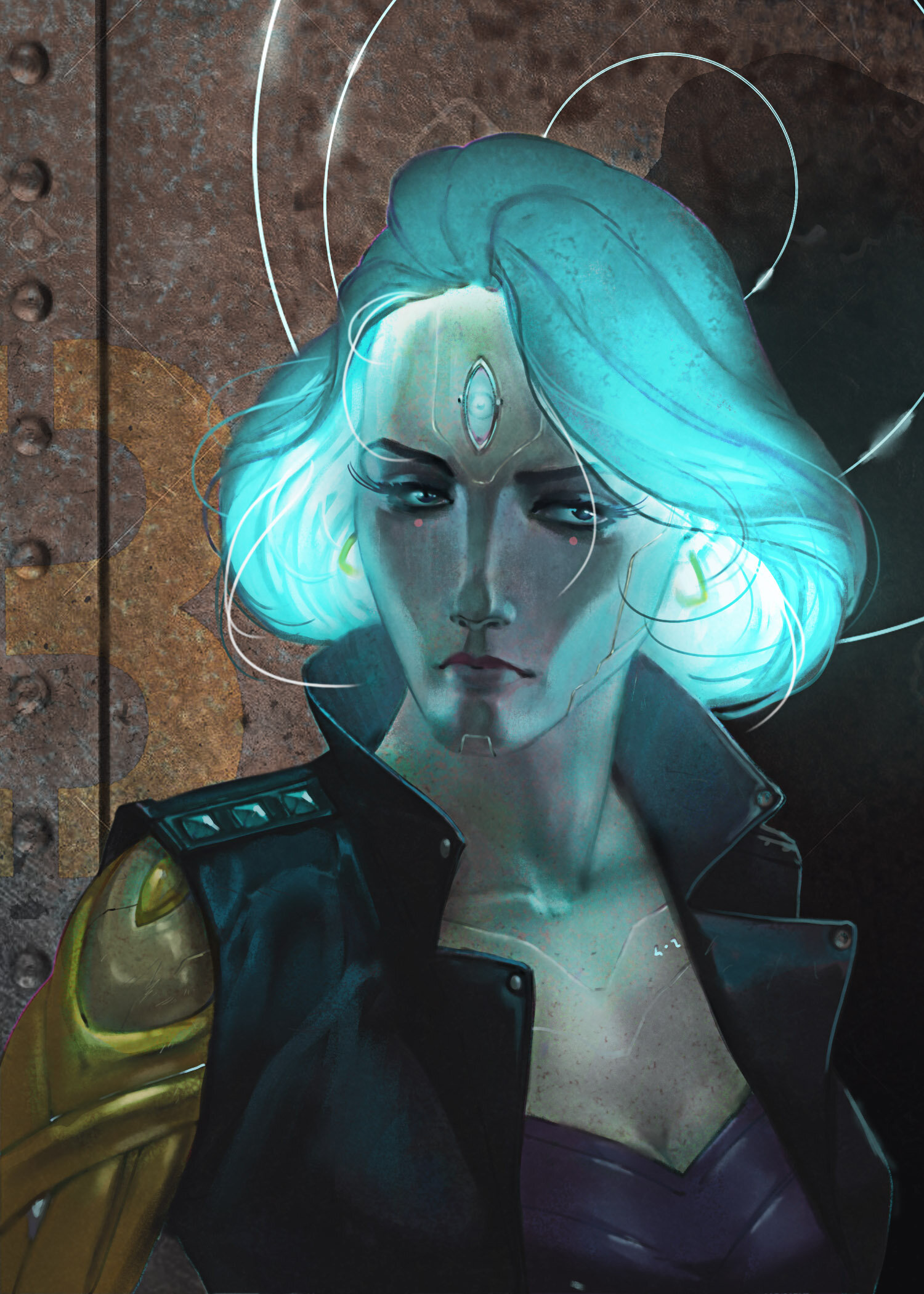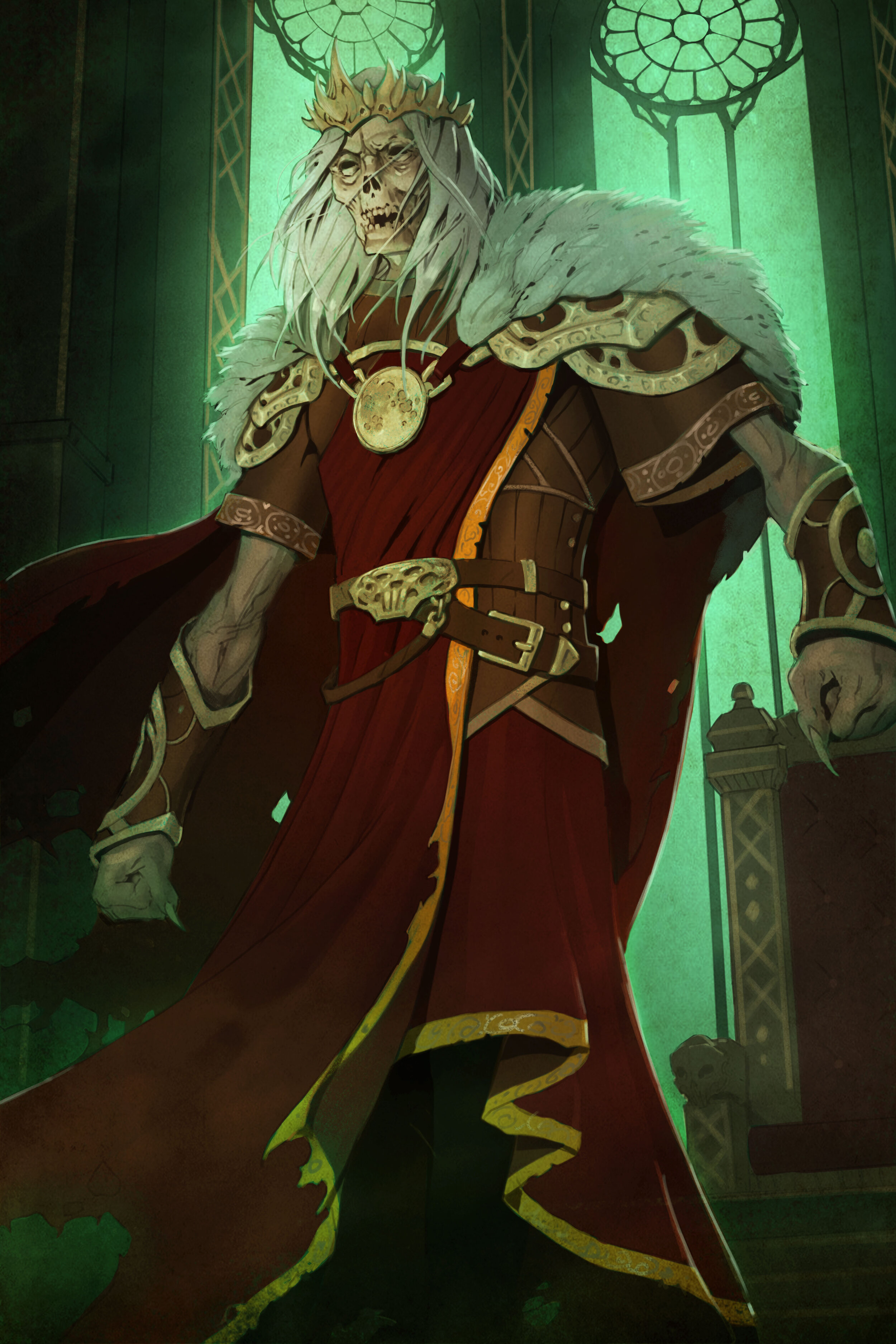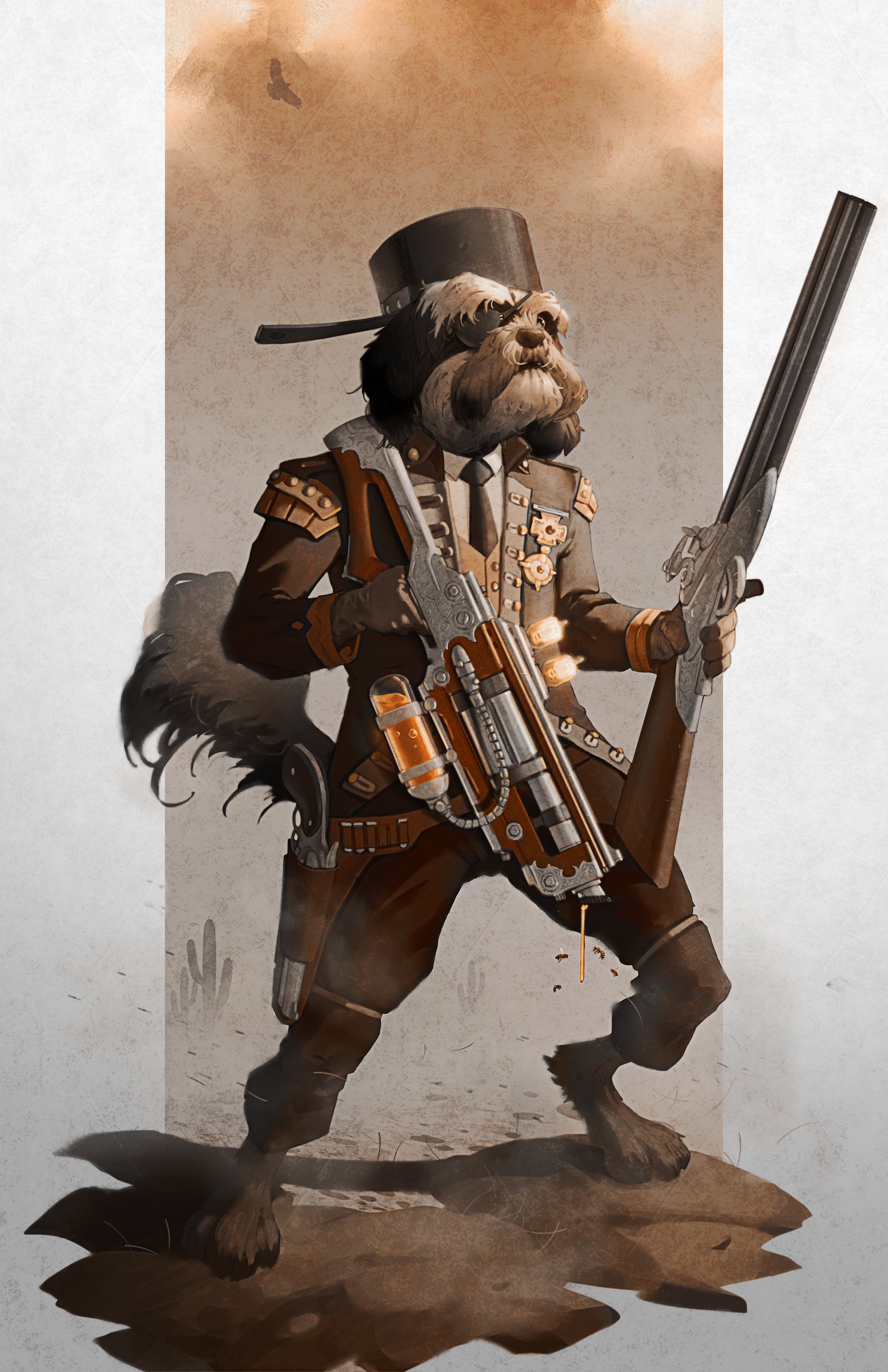Is My Art Good Enough to Sell?
/Art is an essential part of the human experience and many people feel compelled to express their creativity through visual art. If you are very passionate about your art it might make sense to turn your hobby into a lucrative business venture. Everyone enjoys original works of art in their home, office, small business, hotel rooms, you name it. You can find paintings just about everywhere.
An artist is ready to sell their paintings once they have identified a marketable audience and established an online platform for showcasing their art. “Good and Bad” are subjective terms that don’t really help you very much.
More important than what other people consider good or bad will be your marketing and business skills. There are many art communities and websites where you can network and sell art and developing your entrepreneurial skills will be one of the most important ingredients. Keep reading to learn how to know when you are ready to sell paintings.
Right a way many people will be turned off hearing this. You might be thinking of “marketing” as something gross and sticky that capitalists have used to poison our souls.
This couldn’t be further from the truth. Marketing has developed a bad reputation and some of it is deserved but that is more due to its misuse rather than some inherent properties of what marketing is. People use hammers to commit murder too.
During an interview with Brian Perry, director of marketing for Dungeons and Dragons at Wizards of the Coast on the Art Condition podcast, I was struck by the analogy of building a house. If you built a house you would be immensely proud and you would want to tell people about it. Marketing your art is exactly the same as telling people about the house you built. Please listen to that episode! There is a vast wealth of knowledge regarding the best practices for marketing your art.
How Do I Start Selling My Art?
It will take some work, so be ready to put the hours in. If you are new to this, the best way to learn is to jump in and just try everything. Nobody can do it for you and trial and error will be your best teachers.
Some tips to get you pointed in the right direction:
People tend to buy the things that they believe in. The best way to find people who will support your art is to give them something to believe in. That could be you as a person, the story behind and within your art or any combination of factors Or your art might be relevant to things they are already interested in like pop culture icons that already have strong recognizability. People want to be told stories and they want to feel like they are part of the story.
Humans are story telling creatures. It is hardwired into our DNA. We respond to compelling narratives that speak to our own experiences. Knowing how to tell your story and the story of your art is a critical ingredient in finding the people who want to buy it.
Develop your portfolio for the people you want to sell it to. That doesn’t mean you have to try and guess what people will want but you should know who the people are that will want your artwork and where they are.
Find your peers. You can learn from everyone around you but your peers will be other artists who most closely resemble yourself in the type of art you make and the markets you want to sell to. If you are new to the business of selling your art it might not be immediately apparent who your market is so building a community of peers will really help. This could happen in a number of ways. Streaming on Twitch, developing a strong presence on social media, networking with galleries or a combination of a variety of things.
Don’t worry if you don’t know where to start. You can start anywhere. Just be curious and open and ask lots of questions and you will eventually find the people who will support you and nurture your success.
Having an Online Presence Is Important
Having an online store of some kind is, in this day and age, borderline mandatory. It can be stressful but the reality is that most people love having the freedom to browse the internet unbothered. Capitalizing on that type of accessibility is only going to help get you in front of more people, which in turn will get you more bites.
An online presence in general will help you build your sales up over time. Being able to simply post pictures of your paintings in a digital marketplace instead of constantly scheduling around art showings and gallery shows will make your life incredibly easy. Especially when you are first getting your feet wet. You may not be able to immediately quit your day job to jump into selling your art, an online store helps bridge the gap.
Here are some other interviews we did on the Art Condition podcast that have tons of useful information on selling your art:
Spencer Gordon, a successful fine artist in the gallery world
Daria Aksenova, with HUGE amounts of marketing wisdom for artists
That is just the tip of the iceberg. I am very proud of the knowledge base we created with Art Condition. Take some time to listen to the other interviews and follow the links of the artists who you think have valuable insight
How Do I Sell My Art Successfully?
There are a lot of ways to sell your art successfully nowadays and thanks to the internet you don’t have to rely on one option. You can post your paintings virtually anywhere, and if you are new to selling your art you should try as many places as you can. It takes nurturing though. Having a social media presence can help a lot as it will constantly expose your work to different channels. The internet is a free-marketing tool, always use it… but use it wisely.
Don’t try to sell your art to everyone, just the people that want it.
Repeat this mantra:
1000 dedicated supporters who love my work and want to buy it are worth more than 100,000 Instagram followers who will only hit the like button.
Selling your art is so much more than a numbers game. More important than finding huge numbers of people you have to find the RIGHT numbers.
If you are new to this part of the art world, get help. You can read an article I wrote all about building a strong community by clicking here
Find people you can trust who will give you constructive feedback. Not only on the art itself but your process of marketing it. This is where your peer group is most important. Find and surround yourself with other artists who have found some success and try to figure out what they have done that might work for you. Don’t assume that you can copy someone else’s game plan though. There will be as many possibilities for success as there are artists. Ultimately it will come down to your art, who loves it and where you find them. It can be easy to get caught up in your own work, it really helps to have a third party offer a helpful suggestion or different perspective in general.
If you make physical art, you can contact local art circles and see where that takes you. Doing this can land your art in gallery installations or invitations to art shows. Getting to know other artists in the area may seem intimidating, especially since they are potential competition no matter how friendly they are, but it is probably the best way to get to know how an art scene operates and will only help you understand that area’s demographic.
Can You Make a Living Selling Art?
There is no doubt that you can make a living selling art, as long as you are patient and truly believe in the work that you do. Combine a strong marketing strategy with a passion for your creations, and a dedicated audience and you will be surprised with how consistently you can make money from selling your art.
The most important thing to realize is that your income as an artist will not come from one place, it will come from many sources.
Keep these tips in mind and research how to implement them:
You should start a print shop to sell prints as well as your original paintings. Also think about the value of
Through trial and error determine what platform works best for your art and focus the majority of you energy there.
Maintain a presence in as many places as is realistically possible but always find any opportunity to direct traffic back to your primary source.
Always be thinking of new and creative ways to create new income streams that can piggy back on resources you are already using. Don’t make MORE work for yourself, instead try and re-use the content you make in a variety of places.
Your network is your net worth. The single best thing you can do to create a reliable living for yourself is to first build a community. Start by surrounding yourself with trusted art peers, business mentors, friends, family, and slowly but surely the people who love and support your art will also find their way to your community
Building a strong momentum behind selling art takes a long time, but if you are passionate enough you can absolutely make a living selling your original works. Yes, it is your hobby and yes, it is your emotional escape, however it can also be your financial security. Treat it like a small business and you will be pleasantly surprised by how much you can accomplish with your very own paintings.
What Makes Art Valuable?
Art has many different thresholds as far as value goes. There is no one set of variables that will guarantee a piece of art will be valuable but there are some common themes in many pieces of art.
Materials used. Materials will play a role in who is attracted to a painting. How you choose to manipulate the medium or mediums that you create your art with and how you show them will create value for people. The viewer wants to be drawn in and shown an experience
Historical context. Where you are in history and what stories your art is tell will have a great influence on the value of your art. If your art connects with a broader cultural experience than the value will flow from that. On the other hand your art may inspire new ways of seeing old ideas which will surprise and delight the viewer.
Human experience. The more your art resonates with people or reminds them of experiences they already have strong attachments to, the more they will value it.
Many artists did not make a ton of money on their original pieces early on in their careers, and that’s fine. Art is not a get rich quick scheme.
Its also important to keep in mind that there is a commercial machine in the art world that can create huge popularity but don’t get caught up in chasing that kind of experience. You can quickly lose sight of the reasons you started making art in the first place.
Paint Something That Demands Attention
Does your painting have a wow-factor? Does it follow you around the room? Is it a depiction of something significant in your life or in our world’s history? Does it make you think? These are all things that generate interest in a painting, of course. A painting's value runs parallel with someone else’s desire to obtain it. It needs to meet some kind of criteria for relevance for the viewer to see its value. What that is can be highly subjective. It is your job to determine what those things are in your art and how to convey that to your audience.
The Scream by Edvard Munch, for example, is a pretty simple looking painting on the surface. But composition aside, the second you make eye contact with it you might find yourself wondering why they are “screaming”. You might ask yourself a handful of questions while looking at it before realizing a moment has gone by. That is the power of painting something that grabs attention.
How Much Should I Sell My Art For?
It can be tempting to just slap a six-figure price tag on a piece and just see what happens, but when you are just starting out, you may want to be a little more realistic. Ultimately you are going to want to take inventory of time-spent and cost of materials. This includes anything that was attached to the process of creating and displaying the art.
Its is best to be very practical minded about this. Even if you are not a full time professional artist, pretend that you are and imagine what it would take for you to live reasonably comfortable if you only made art.
Think beyond basic materials. Think about your cost of living. It is worth spending some time to make a full audit of your life and its expenses. How much you pay for rent, your bills, food, etc. Try and figure out a years expenses. Then assess the amount of time you spend working. If you divide a years worth of expenses by the amount of time you spend working on your art (including the marketing and book keeping etc.) you have a rough idea of what your time is worth.
Knowing what your time is worth is the first step in deciding how much you should be charging for your art. It wont necessarily be a 1 to 1 ratio but it give you a place to start.
Self worth is something artists frequently struggle with and don’t always over-come but its very important to cultivate a string sense of your own value. Click here to read an article I wrote all about pricing.
Again, your peer group is very important for helping to understand pricing. What are the successful artists in your peer group charging? (those who make and sell art in similar ways to you). If you are selling to a more commercial market, what is the industry standard? These are things you need to know. Do not be afraid to bet on yourself if you truly believe in your work.
What Makes Bad Art?
It seems unfair to call a painting “bad” when it is someone else’s work that they care about. However we might consider Bad art to be depictive of something disturbing, ethically questionable, or even be a mockery of the medium.
Anything made with malicious intent should be regarded with deep skepticism. Art is creating an experience for the viewer. Sometimes it might be an unsettling experience but intentionally tying to do harm in bad faith is toxic and unhealthy. Be aware of your own motivations.
If someone in your community is putting out bad, toxic works of art that person needs to be excluded or talked to, as it hurts everyone involved. You will not be able to explain to every single person that that is an isolated incident and not the normal goings of your art community. Stay alert, for everyone’s sake.
Discriminatory Art Is Not Art
Again, if art is bad it will be pretty easy to spot. Anything discriminatory is immediately off limits. If something depicts white supremacy, fictional mistreatment of indigenous people, black face, or anything of that nature, that piece needs to be taken down and that person needs to be excluded from all gatherings involving the sale of art. Paintings that have anything in that vein will only toxify your community.
Art shows and pop-up galleries are organized events. That being said, someone has to sign off on everyone and everything being presented during the show. Maybe senior ranked artists in the community will have some say or organizational responsibilities, but at the end of the day not every artist knows who will be selling their work. This is by no means an excuse, if you see this you have to call it out for the health of your circle.
How Can I Tell If My Art Is Good?
Remember that the idea of what makes good and bad art is so subjective its almost not worth worrying about. If you truly love making your art and you put real thought into what sort of stories you want to tell, then people will respond to your art. Its not possible to make art that EVERYONE will like. Only worry about the people who do respond positively to it and never forget that there will be people who DO love it.
As has been said many times before in this article, the help of your peer group will be invaluable. Getting feedback on the work itself as well as how its message is being conveyed and how you are marketing it is all very helpful and only possible with trusted peers.
Feel free to compare to other artists in your style, but do not go overboard because that can lead to you getting away from the things that make you great
Consider signing up for classes to get some constructive criticism or ask if you can hang some paintings in a shop and see what the owner says
Follow artists on Twitch, Instagram and twitter.
Try and find successful artists who have Discord servers with communities that are supportive.
Start small, work hard, and be confident to climb high.
Quality Over Quantity
You may be thinking to yourself that time is not on your side and that it takes too long to paint a good work of art as opposed to painting multiple decent pieces. Maybe over time you can resort to this method, however it is a bad idea all across the board. The fact remains the same—if you do not believe in it then nobody else will.
That is not to say that some people will like some of your paintings more than you, everyone has a painting sale that they did not think would do well at one point or another. However, you should still be confident in what you are putting out. It is better to have only five paintings you really poured yourself into than it is to have twenty paintings with half the effort put into them. Your audience will appreciate it and your reputation will build on the authenticity your audience can feel.
Conclusion
With enough hard work and dedication, any artist can successfully sell their paintings and establish an income source. Online platforms such as Etsy help mediate the transfer of paintings and wealth between painters and interested buyers.
You will know when you are ready once you start getting positive feedback from other artists and find a marketable audience interested in buying your paintings.















